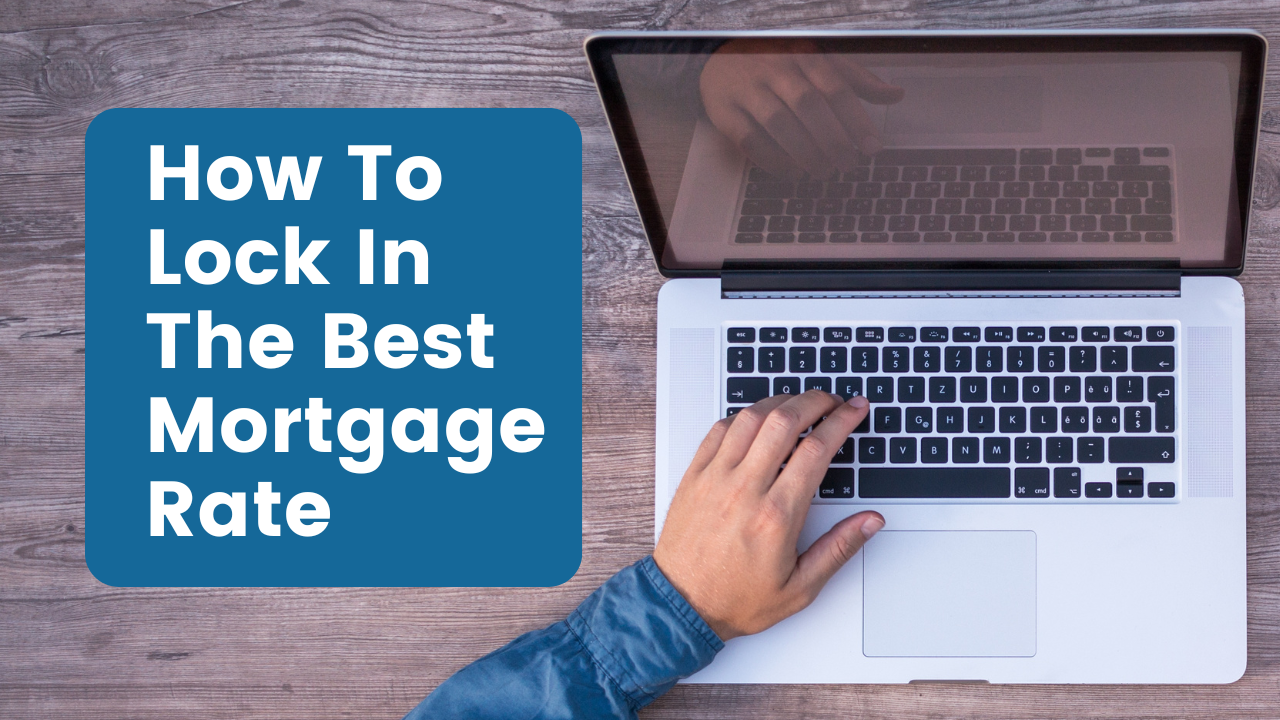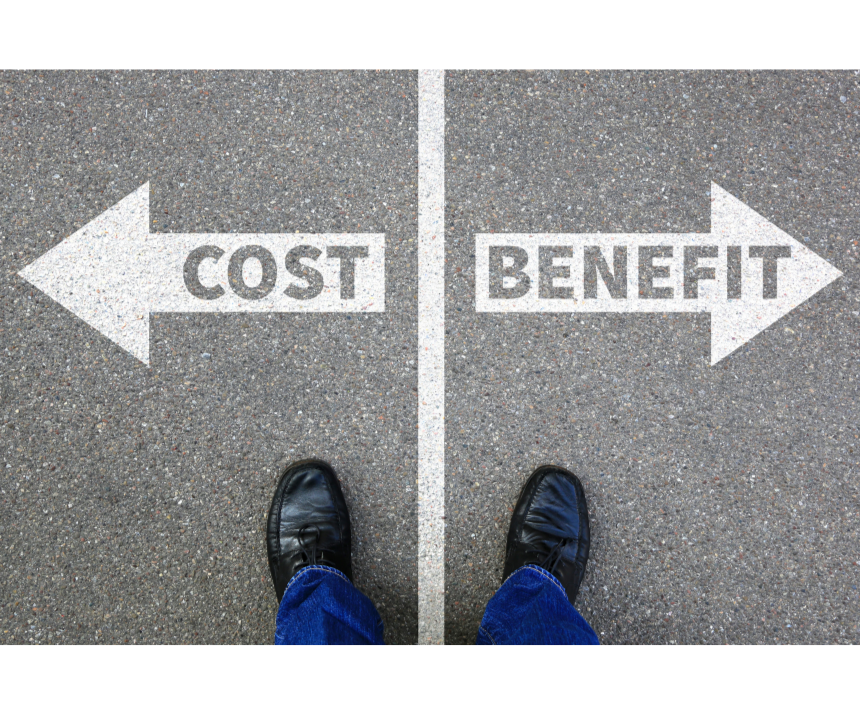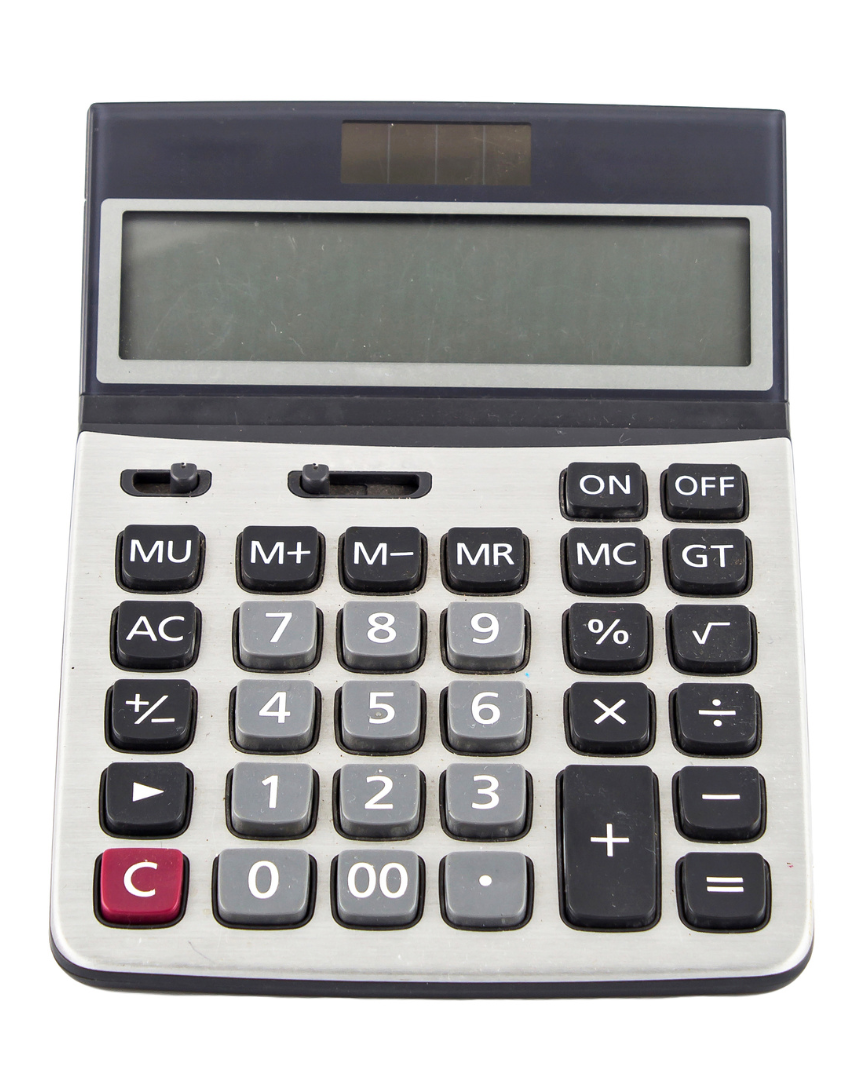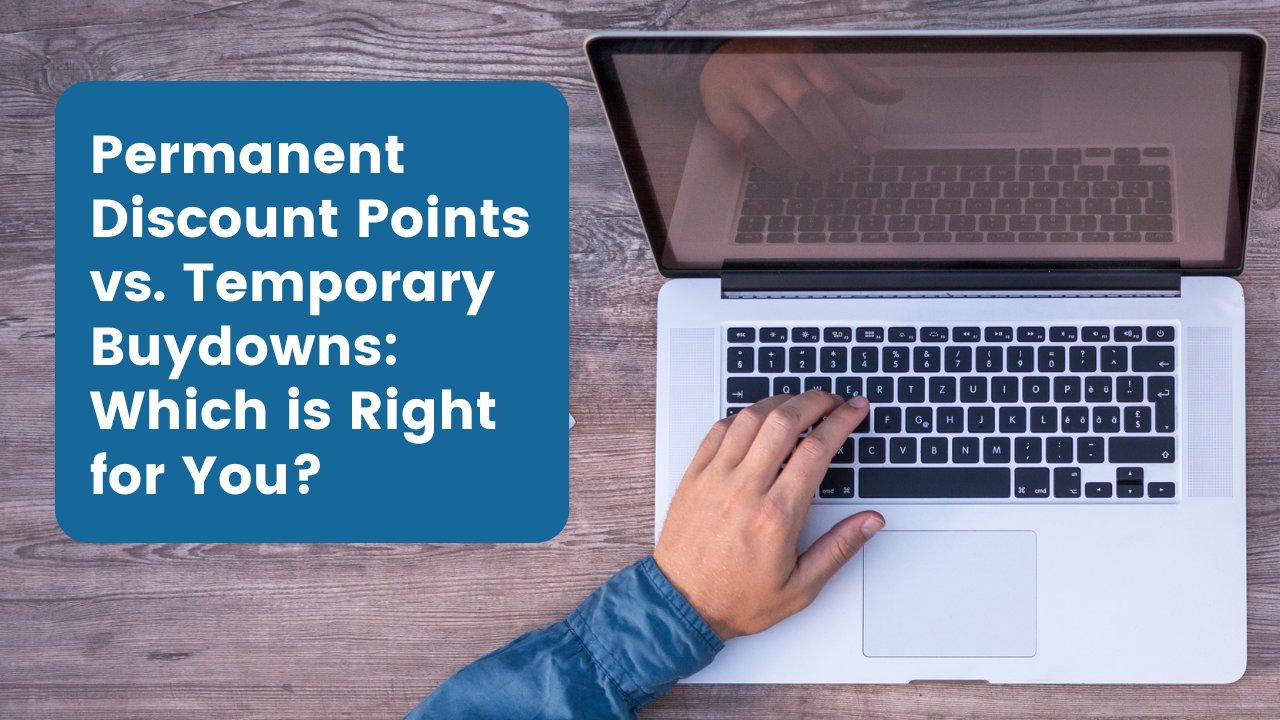MORTGAGE RATES, TARIFF NEWS, AND VOLATILITY WHEN IS IT A GOOD TIME TO REFINANCE?

How To Lock In The Best Mortgage Rate
By Andy Harris, President of Vantage Mortgage Brokers
Every consumer has wanted the lowest mortgage rate since the beginning of loan amortization and monthly mortgage payments. No, you’re not unique. Everyone shares this common goal. Lower rates mean lower costs and less interest paid, so that is where most consumers focus.
What if I were to tell you that the ‘best’ rate isn’t the ‘lowest’ rate? Say what? This is one of the most commonly misunderstood variables consumers face, which can produce one of the most significant financial mistakes during the rate lock process. Sure, it’s vital to compare lenders and rate offerings, as the rates certainly can vary from lender to lender, but are you analyzing all your rate options? Do you understand the analytics with what rates produce a cost versus what rates are offering a lender credit?
Would you spend $100 to save $10? Probably not, even if the object was shiny (such as a lower rate versus a slightly higher rate) or more attractive initially. So, how do you lock in the best mortgage rate when ready? The first step is to get some quotes from lenders and narrow down the best local Mortgage Loan Originators. We have broken this down into a few educational videos HERE. This also includes a more detailed video comparing rate sheets and rate offerings.
Analyzing a mortgage rate sheet and understanding how to evaluate the costs and benefits of loan discount points versus lender credits is an important skill for mortgage professionals and borrowers. Here’s a detailed guide:
1. Understanding a Mortgage Rate Sheet
A mortgage rate sheet typically lists available interest rates and their associated costs or credits. Here’s how to interpret it:
Key Components:
- Interest Rates: Each row represents a different interest rate option.
- Points or Costs:
- Discount Points: Represented as a percentage of the loan amount, paid upfront to “buy down” the interest rate.
- Lender Credits: Negative points or credits applied toward closing costs, resulting in a higher interest rate.
- Loan Program: Specifies the loan type (e.g., conventional, FHA, VA, etc.).
- Lock Period: Indicates how long the rate is locked (e.g., 30 days, 45 days).
- Loan-to-Value (LTV) Ratios: Rates may vary based on LTV tiers (e.g., 60%, 80%, etc.).
- FICO Adjustments: Rate adjustments based on the borrower’s credit score.


2. Evaluating Costs and Benefits
To decide between paying discount points or taking lender credits, consider the following:
Discount Points:
- What It Does: Lowers the interest rate in exchange for an upfront payment.
- Cost Calculation:
- 1 discount point = 1% of the loan amount.
- For a $300,000 loan, 1 point costs $3,000.
- Break-Even Analysis: Calculate how long it will take to recapture the upfront cost through monthly savings on the lower interest rate.
Lender Credits:
- What It Does: Increases the interest rate to provide a credit toward closing costs.
- Benefit: Reduces out-of-pocket expenses at closing.
- Drawback: Higher long-term costs due to a higher interest rate.
3. Steps to Analyze the Rate Sheet
Step 1: Compare Monthly Payments
For each interest rate option, calculate the monthly payment using the formula:
Step 2: Calculate Break-Even Period
Step 3: Factor in Loan Horizon
- If you plan to sell or refinance the property before the break-even period, paying points may not be beneficial.
- For short-term horizons, lender credits might be a better option.
Step 4: Calculate Long-Term Costs
Compare the total interest paid over the loan term for each rate option:
- For a $300,000 loan at 5% for 30 years:
4. Real-World Example
Rate Sheet Snapshot:
Decision:
- If staying in the home longer than 5 years, pay the points.
- If refinancing or selling within 5 years, take the credit.
5. Tips for Recapture Calculations
- Excel or Mortgage Calculators: Use tools for quick analysis.
- Consider Taxes: Points may be tax-deductible in some cases (consult a tax advisor).
- Market Trends: Factor in expected rate changes if you plan to refinance later.
Let’s break down some basics of mortgage rates:
Rates can be volatile daily, so what causes these fluctuations? How and Why Mortgage Rates Move.

Components of a Mortgage Rate
- Principal: The amount borrowed to buy a home.
- Interest Rate: The percentage of the principal charged by the lender as the cost of borrowing.
- Loan Term: The length of time over which the loan is repaid (e.g., 15, 20, or 30 years).
Factors That Influence Mortgage Rates
Several factors determine the mortgage rate offered to you:
Credit Score:
-
- Higher credit scores typically qualify for lower rates because they indicate a lower risk to lenders.
Loan Amount:
-
- Larger loans or loans that don’t conform to standard limits (jumbo loans) may have higher rates.
Down Payment:
-
- A higher down payment (e.g., 20% or more) often leads to lower rates.
Loan Type:
-
- Different loan types (fixed-rate, adjustable-rate, FHA, VA, USDA) have different rates.
Loan-to-Value Ratio (LTV):
-
- The ratio of the loan amount to the home’s value. Lower LTV often equals lower rates.
Market Conditions:
-
- Economic factors such as inflation, unemployment, and the Federal Reserve’s monetary policy influence overall rate trends.
Geographic Location:
-
- Rates can vary by state, region, or even lender.
Types of Mortgage Rates
- Fixed-Rate Mortgages (FRMs):
-
- Interest rate remains constant throughout the loan term.
- Predictable monthly payments.
- Adjustable-Rate Mortgages (ARMs):
-
- Interest rate changes periodically after an initial fixed period (e.g., 5/1 ARM: fixed for 5 years, then adjusts yearly).
- Payments can increase or decrease based on market rates.
How Mortgage Rates Are Set
- Lender Costs and Margins: Lenders factor in their operational costs and desired profit margins when setting rates.
- Benchmark Rates: Rates are influenced by benchmarks like the yield on 10-year Treasury bonds, which often serve as a proxy for mortgage rates.
- Federal Reserve Policy: While the Fed doesn’t directly set mortgage rates, its policies on short-term interest rates indirectly influence them.
How Mortgage Interest is Paid
- Amortization Schedule: Mortgage payments are typically structured so you pay more interest at the start of the loan and more principal toward the end.
- Example:
-
- For a $300,000 loan at a 5% fixed rate over 30 years, the initial monthly payment will have a larger share going toward interest.
Remember, your BEST mortgage rate is entirely custom to your goals, needs, and profile. First, shop for the best originator using the details we shared. Second, shop to analyze the best interest rate for you with a tailored recapture analysis on the cost/credits available and anticipated life of your new loan.



